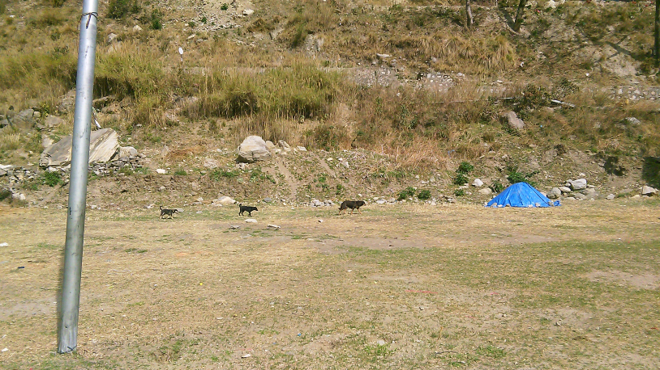SESE MA
Title of Research
Centering Himalayan Stray Dogs: Reframing the Narrative of Non-Human Being Subjectivity and Agency
Brief Content of my Research
There is a naturalistic image that we associate with certain wild and domesticated species (Lynch, 1988). A naturalistic companion dog is different from a naturalistic stray dog. It is a taken-for-granted, everyday kind of image, which is often not based on a personal dialogue with the individual animal. A naturalistic image could obscure empirical facts about its subject, yet it is persistent and often leads to practical impacts. My research interest lies in seeing beyond the existing images of certain species through a close identification with the individual. In this project, I question the kinds of “naturalistic” images that people associate with stray dogs in South Asia and the ways in which people act based on these images. Through an empirical study on the daily lives of stray dogs and the bonds between them and humans in the Nepal Himalayas, this research aims to shed light on a unique form of relatedness (Carsten, 2000) as well as on a stray dog’s life history and idiosyncrasy, which is often neglected by systematic invisibilization embedded in both everyday life and hegemonic forms of knowledge construction (Haraway, 1989).
Reference: Carsten, Janet. (2000). Cultures of Relatedness: New Approaches to the Study of Kinship (edited). Cambridge: Cambridge University Press. / Lynch, Michael. E. (1988). Sacrifice and the transformation of the animal body into a scientific object: Laboratory culture and ritual practice in the neurosciences. Social Studies of Science 18: 265-289./ Haraway, Donna. J. (1989). Primate Visions: Gender, Race, and Nature in the World of Modern Science. New York: Psychology Press.


Mountain dogs are usually in a group of 1~3 A Tamang village where stray dogs scavenge at night




 Sese Ma
Sese Ma 
